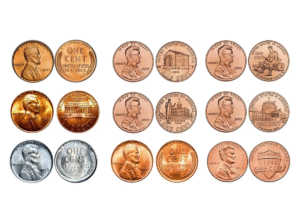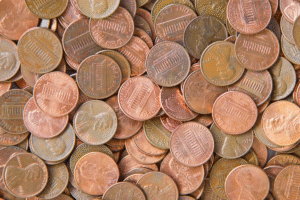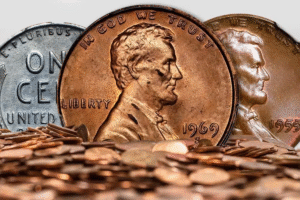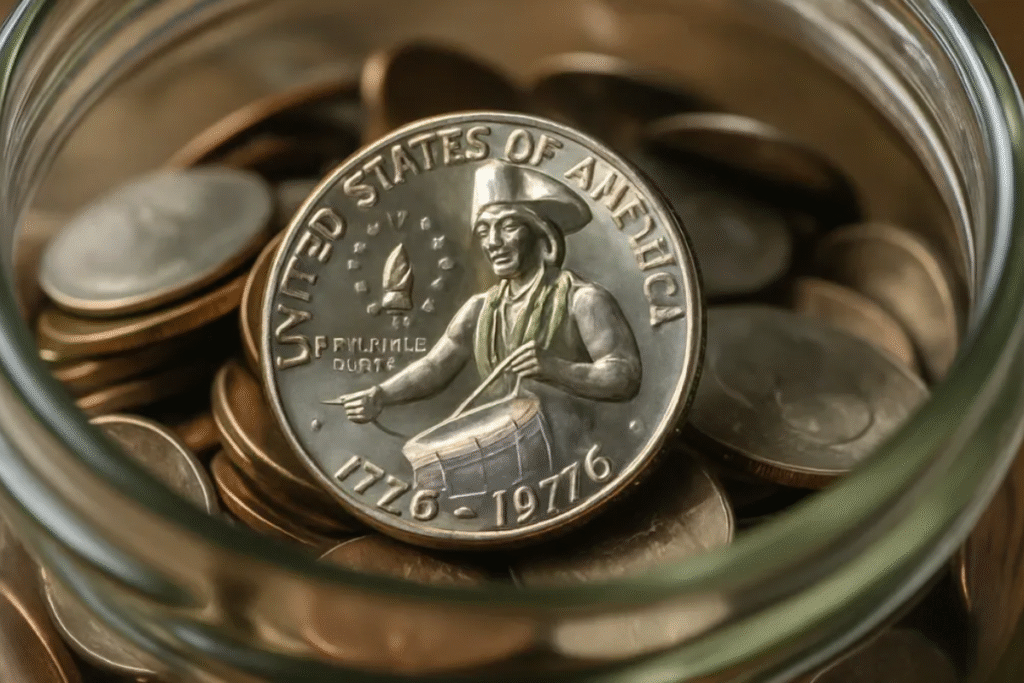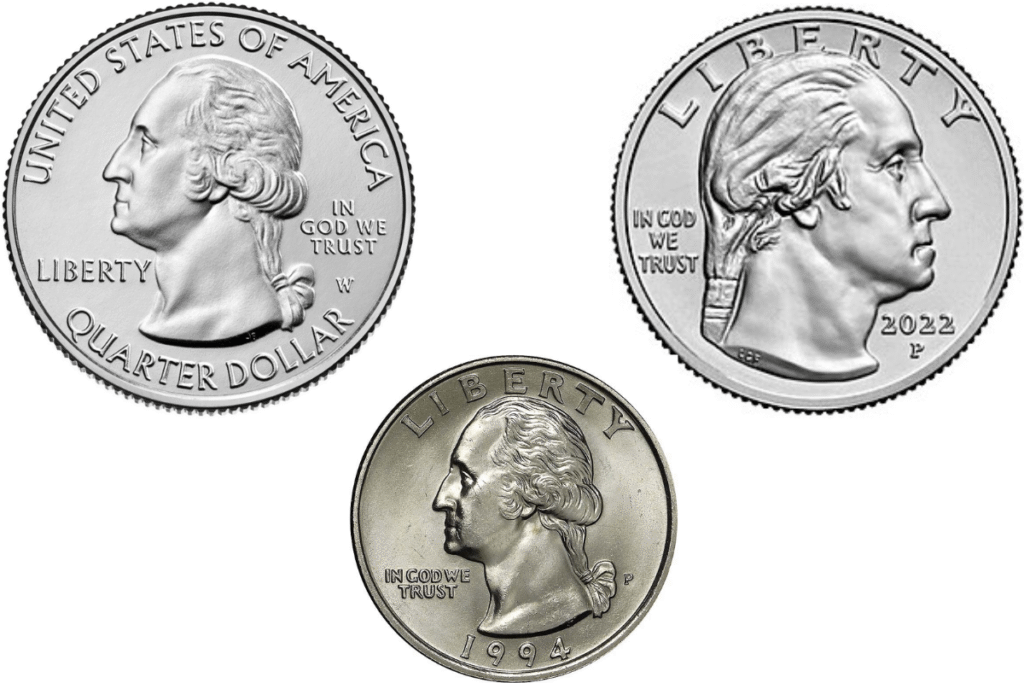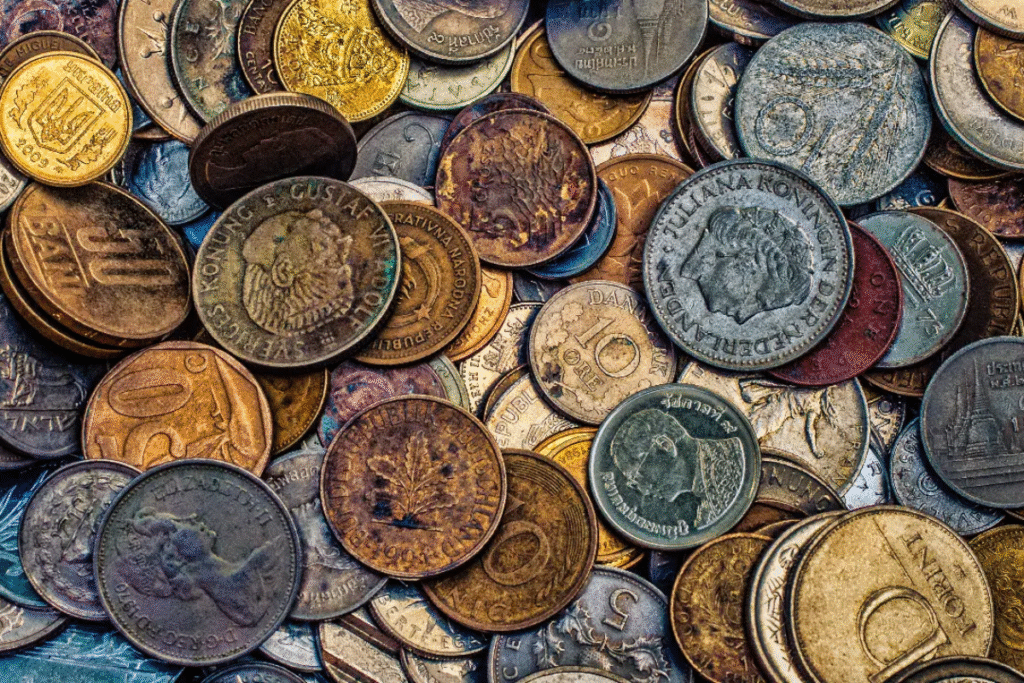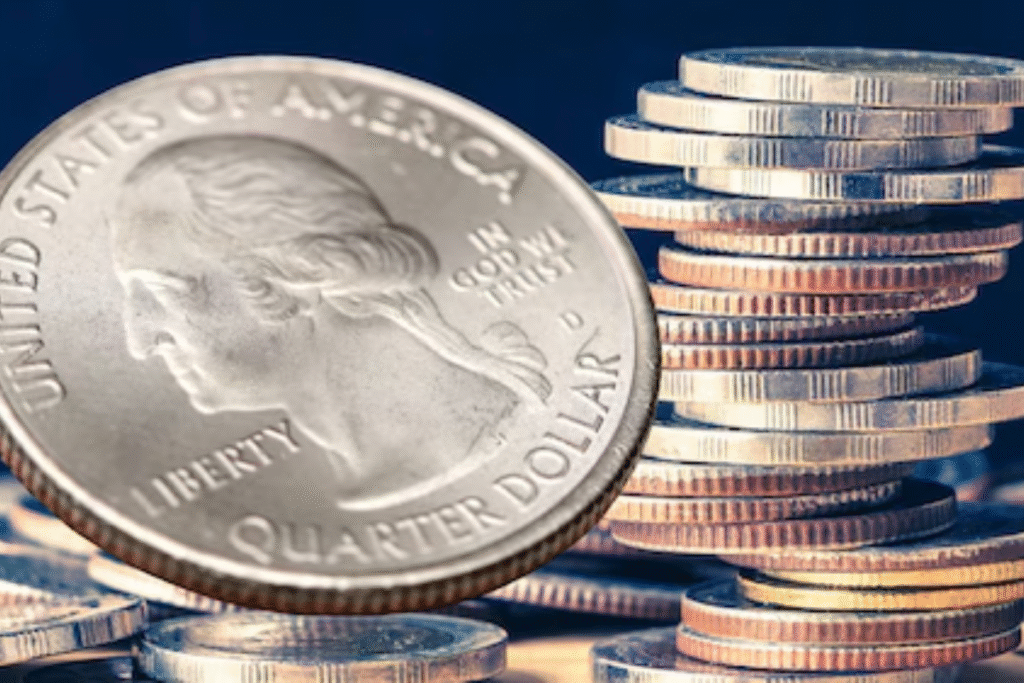During times of war, the U.S. Mint made several adjustments to coin compositions due to metal shortages. These changes, though necessary at the time, led to the creation of some rare and highly collectible nickels and dimes. Today, these wartime coins have become treasures for collectors, with values increasing rapidly due to scarcity and historical significance. If you have old coins lying around, it might be time to check them—especially for these three standout wartime nickels and dimes.
1943-P Jefferson Silver War Nickel
Between 1942 and 1945, the U.S. Mint produced “war nickels” made with 35% silver instead of the standard nickel alloy. One of the most sought-after is the 1943-P Jefferson War Nickel. It can be identified by the large “P” mint mark above Monticello on the reverse. Because of its silver content and historical context, it’s become increasingly valuable. In uncirculated condition, this nickel can be worth $50 to $200, and even more if graded highly.
1942/1 Mercury Dime Overdate Error
This rare wartime dime is known for a remarkable minting mistake. In late 1941, some dies meant for 1941 coins were repurposed to create 1942 coins, resulting in an overdate error—the “1” is clearly visible beneath the “2” in the date. This error occurred at both the Philadelphia and Denver Mints, with the Denver (1942/1-D) version being the rarer of the two. Depending on condition, this overdate Mercury dime can fetch $500 to over $10,000.
1945-S Jefferson War Nickel
Another standout from the war nickel series is the 1945-S version. Like the 1943-P, it contains 35% silver and has the distinct large “S” mint mark above Monticello. Though not an error coin, it is the final year of the wartime silver nickel series, making it highly desirable. Collectors are willing to pay $40 to $150 for well-preserved examples, and prices continue to climb as silver values rise.
Wartime coins offer more than just a glimpse into history—they offer real value. Whether it’s a rare overdate Mercury dime or a silver-filled war nickel, these coins are attracting collectors and investors alike. Their limited mintage and unique features are driving up demand, and prices are expected to keep rising. If you’ve inherited old coins or have a collection of loose change, you might be sitting on a small fortune. Check your jars and albums—your next treasure could be hiding in plain sight.
FAQ’s:
1. Why did the U.S. Mint change coin metals during WWII?
The U.S. Mint altered metal compositions—like using silver in nickels—due to shortages of nickel and copper needed for war production.
2. How can I identify a war nickel?
War nickels (1942–1945) have a large mint mark (P, D, or S) above Monticello on the reverse, which is unique to those years.
3. Are all 1942 nickels and dimes valuable?
Not all are rare, but certain versions—like the 1942/1 Mercury dime or silver war nickels—can be worth significant money depending on condition and mint mark.
4. What does “overdate error” mean?
An overdate error happens when a die is reused with a new year punched over the old one, resulting in visible parts of both years on the coin.
5. Where should I sell or appraise my wartime coins?
Consider using professional coin dealers, auction houses, or services like PCGS or NGC for grading and valuation before selling.

